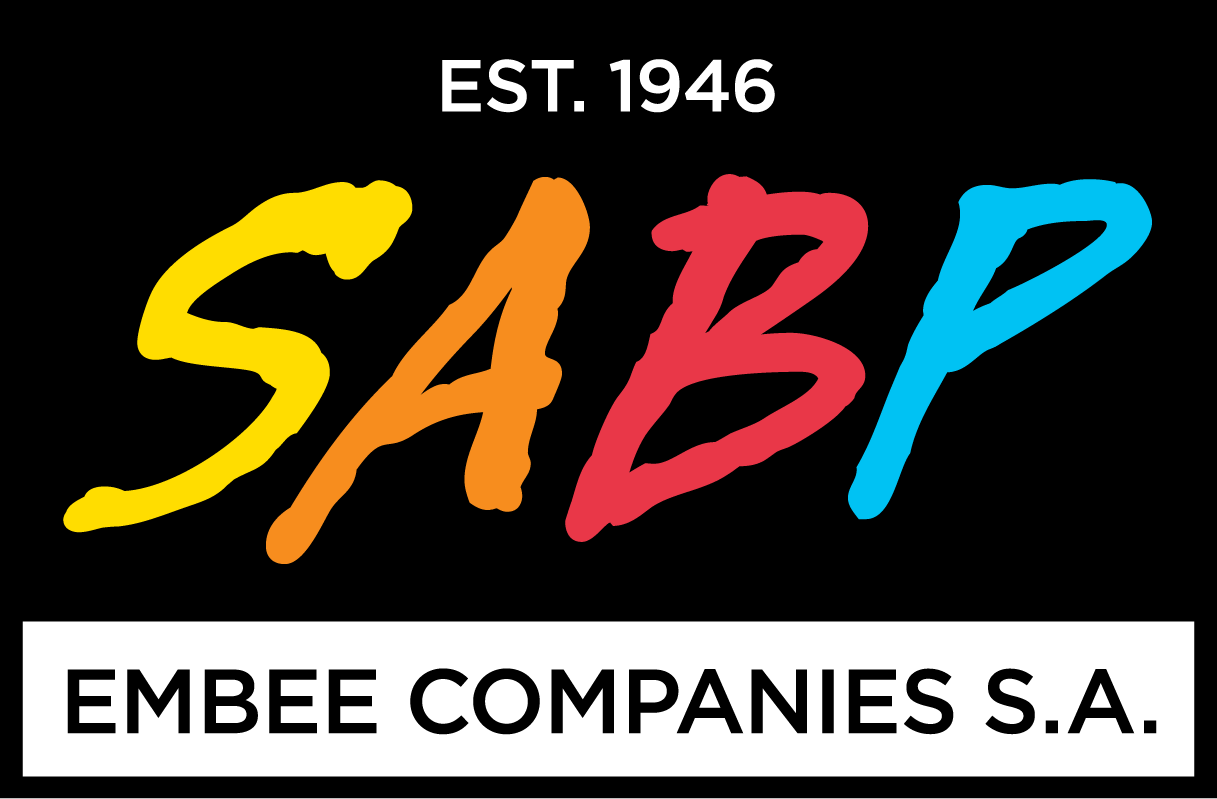Have you ever noticed that some outdoor pipes are painted a light purple color?
There are pipe color designations that tell those handling the systems what they’re dealing with. In cities around the United States, blue is for potable water. Green is for sewers. Yellow signifies natural gas, oil, petroleum, or something else that’s potentially flammable. Orange is for telecommunications. Red is for power lines. And white is for marking where excavations and new pipe routes will go. Light purple or lilac is for recycled/reclaimed water.

The Irvine Ranch Water District, a long-time proponent of water conservation, pioneered the use of purple piping which has become the international symbol for recycled water. The district dates back to 1961. From near the beginning, the IRWD Board of Directors decided to place a premium on recycling water. By 1967, Irvine delivered 2 million gallons a day of tertiary-treated water to agricultural users. The district was the first in the state to get a permit to use recycled water for any acceptable use (not just agriculture; that includes industrial and irrigation uses, and some plumbing).
Why purple? When recycled water came along, the industry decided it needed a color to help differentiate it from the other things that are already on the property, and purple wasn’t spoken for, referring to American Public Works Association standards. The story goes that a former IRWD Engineer picked out the lavender-painted pipe, because he could distinguish it even though he’s severely color blind. The IRWD worked with the American Water Works Association to set purple pipe for recycled water as a national standard. Wherever recycled water is used, purple pipe is used, which is known as “Irvine Purple” The standard purple pipe has also been embraced internationally by Australia and New Zealand; countries that are both very conscious of the need for water conservation.

Large property owners like cemeteries and golf clubs are among the few who can use recycled water through most Southern California water systems. A special pipe carries sewage water that’s been filtered for solids and cleaned of some impurities. This sort-of cleaned-up water can irrigate landscaping; it can cool equipment in industrial uses; it can be what you flush, say, in an office building or a hotel.

And it all happens through a pipeline that’s a distinctive color referred to as Irvine Purple.
The IRWD Biosolids Energy & Recovery Facilities Project integrates a new state-of-the-art organics-handling system at the Michelson Water Recycling Plant. This new system includes biosolids processing, biogas management, and energy recovery systems. The system makes efficient and sustainable use of locally generated renewable resources by creating a beneficial use of biosolids and biogases that are produced during the wastewater treatment/recycling process.
Basically turning sewage into recycled water and producing biosolids pellets used for fertilizer. This project aligns with green and sustainable business practices, while at the same time creating an effective cost management of wastewater services.
As we continue to seek out ways of supplementing our water supplies, recycled water will continue to gain importance and hopefully, lose the stigma associated with it. In time, it’s likely that we will become less resistant to using water that has been reclaimed. Purple pipelines may become as commonplace as recycling bins. If the drought and water shortages continue, we may not have a choice.
